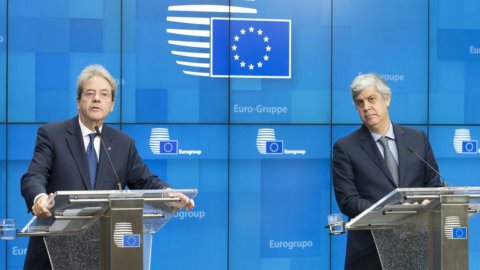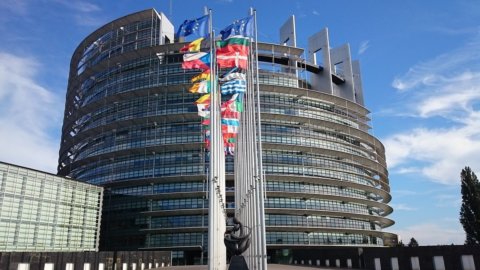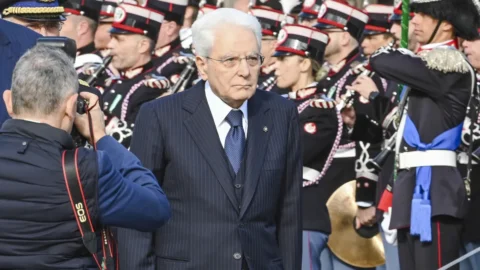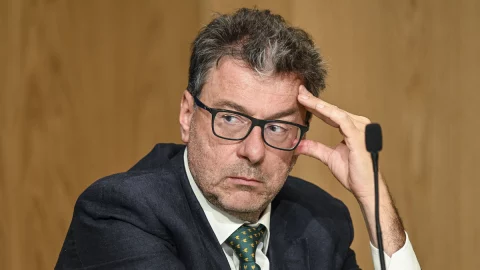Nothing Eurobonds, at the moment. Yes instead to State bailout fund (MES) without "conditionality", but only "for direct or indirect health care costs". After a maddening negotiation, the Eurogroup reached an initial agreement on the economic measures to be launched to combat the crisis triggered by the coronavirus. After the green light from eurozone economic ministers, the plan passes to the heads of state and government, who will meet next week for the European Council.
The Commissioner for Economic Affairs, Paolo Gentiloni, speaks on Twitter of "a package of unprecedented size to support the health system, layoffs, liquidity for businesses and the Fund for a recovery plan".
In detail, the plan is divided into three levels:
- 100 billion for “Sure”, the new fund to finance a sort of European redundancy fund;
- 200 billion allocated by the European Investment Bank to businesses, especially medium and small ones;
- another 200 billion coming from the Mes (which has 410 in its belly).
The State-saving Fund will be able to provide aid through a credit line dedicated to the pandemic (Pandemic credit lines) without any preventive agreement on new austerity measures, but only on condition that the money is used for “direct and indirect healthcare costs related to the coronavirus crisis”. Now, what is meant by "indirect health care costs" is not yet entirely clear.
Governments will be able to request this credit line for the duration of the emergency up to a maximum of 2% of GDP. For Italy, therefore, the roof is around altitude 36 billion euros. Once the pandemic is over, however, the countries will have to "strengthen economic fundamentals, in line with the European fiscal surveillance framework, including flexibility".
Between the measures Eurobonds are not explicitly mentioned. However, the final document specifies that “the Eurogroup agrees to work on a Recovery Fund to support the recovery. The fund will be temporary and commensurate with the extraordinary costs of the crisis and will help to spread them over time through adequate financing. Subject to the guidance of the leaders, discussions on the practical and legal aspects of the fund, its source of funding, and innovative financing tools, consistent with the Treaties, will prepare the ground for a decision". A deliberately obscure wording.
The French finance minister Bruno Le Maire, explained that these “innovative financing instruments” are not Eurobonds nor Coronabonds. However, Le Maire also stressed that "common debt financing instruments will be mentioned in President Centeno's letter."
on your part, Gualtieri assures that European bonds will soon arrive on the discussion table:
On the other side of the fence, the Dutch finance minister, Wopke Hoekstra, thinks differently: “The ESM can provide financial assistance to countries without conditions for medical expenses” and “it will also be available for economic support, but on conditions. It's fair and reasonable." But on Eurobonds, she added, "we think this concept won't help Europe or Holland in the long run."
"Europe is united in the fight against the coronavirus, I am heartened", said the number one of the ECB, Christine Lagarde.
But to really understand what the scope and potential impact of the plan will be, we will have to wait a few more days. Until the European Council to be held after Easter.





